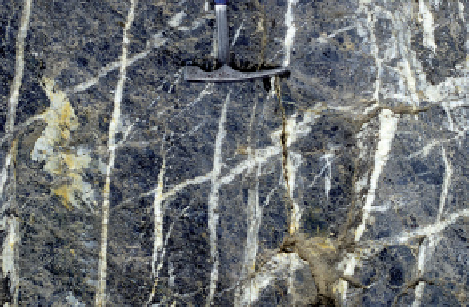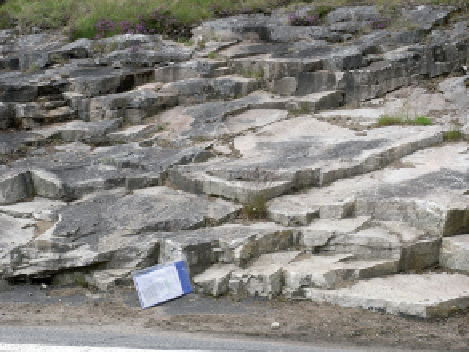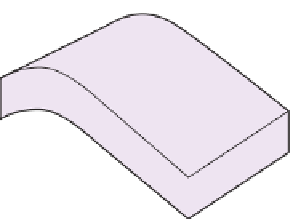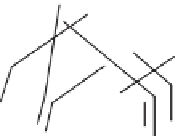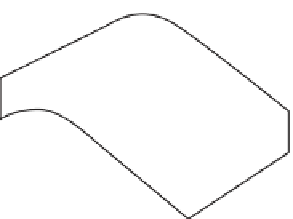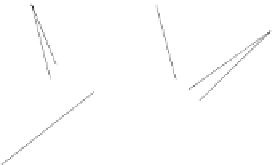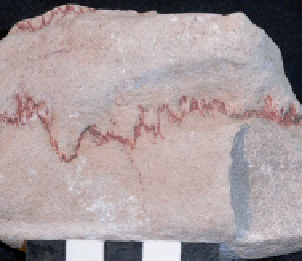Geoscience Reference
In-Depth Information
tension joints
strike joints
oblique joints
(conjugate
shear joints)
dip joints
8
maximum
principal
stress
direction
(
(
(
(
Figure 8.4
(a) Conjugate veins, with a characteristic X-shaped pattern and minor offsets (Switzerland).
(b) Diagram of shear and extensional fractures on a fold (based on McClay 1991); (c) Unloading joints in
granite exposure near Balmoral, Scotland, UK: two sets are subvertical, almost at right angles to each other,
while the third set is roughly parallel to the land surface. (d) Chaotic veins in this exposure suggest hydraulic
fracturing under high fl uid pressure (Wales, UK). (a, c and d: Tom W. Argles, The Open University, UK.)
may provide valuable information on any past motion on the
fracture. In some cases high fl uid pressure locally dominates
the regional stress fi eld, so that cracks can open in any
orientation (a process known as 'hydraulic fracturing'),
resulting in veins that criss-cross an exposure chaotically
(Figure 8.4d).
Stylolites (Figure 8.5) generally form perpendicular to σ
max
,
refl ecting either sediment compaction (bedding-parallel) or
regional tectonic stresses. They are generally more irregular
surfaces than faults, and are a clue to rock composition as well
as stress orientations, being typical of limestones.
Figure 8.5
Stylolite picked out
in white limestone by red, insoluble
iron oxide. Scale = 5 cm. (Tom W.
Argles, The Open University, UK.)


